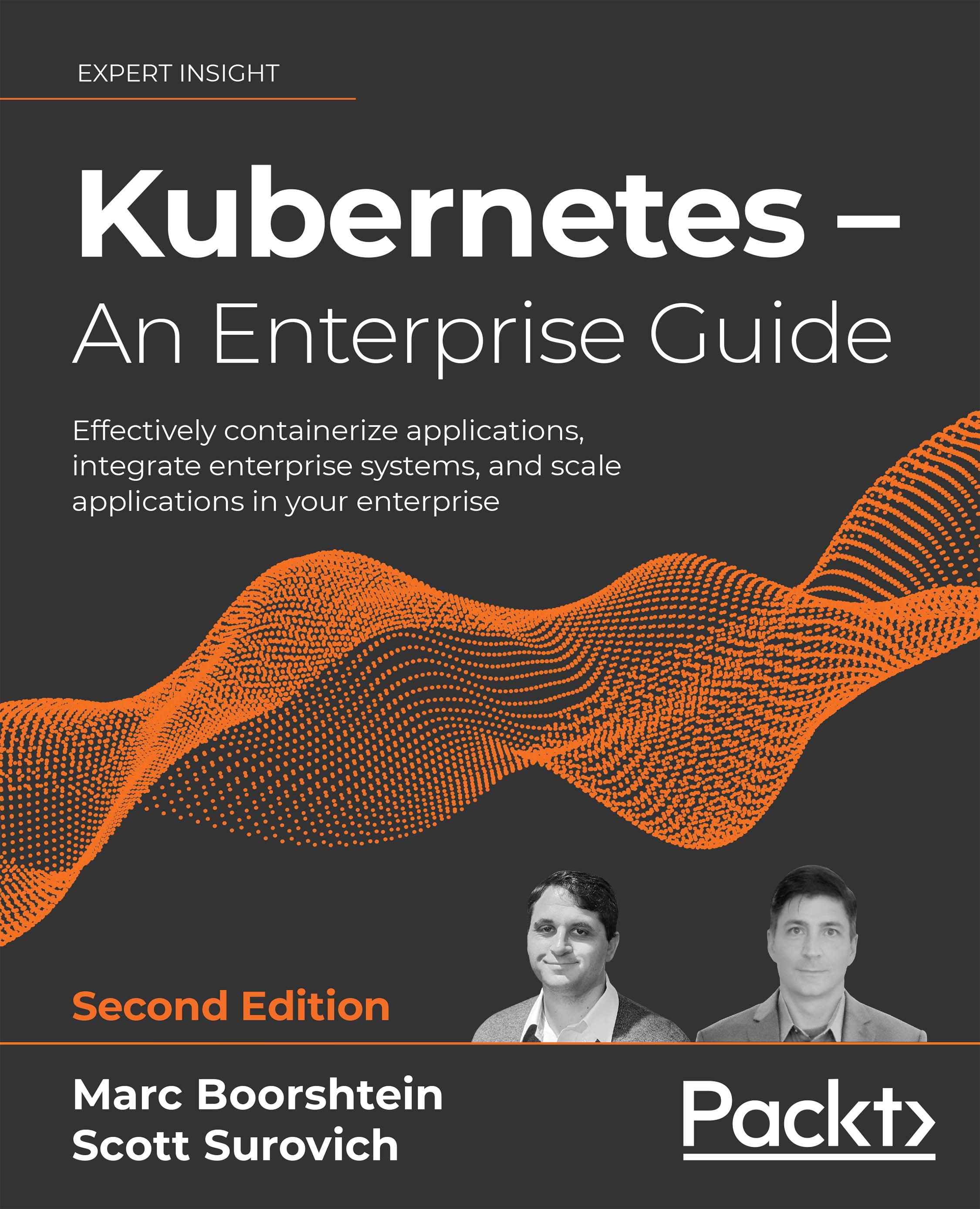Automating project onboarding using OpenUnison
Earlier in this chapter, we deployed the OpenUnison NaaS portal. This portal lets users request new namespaces to be created and allows developers to request access to these namespaces via a self-service interface. The workflows built into this portal are very basic but create the namespace and appropriate RoleBinding objects. What we want to do is build a workflow that integrates our platform and creates all of the objects we created manually earlier in this chapter. The goal is that we're able to deploy a new application into our environment without having to run the kubectl command (or at least minimize its use).
This will require careful planning. Here's how our developer workflow will run:
Figure 14.6: Platform developer workflow
Let's quickly run through the workflow that we see in the preceding figure:
- An application owner will request an application be created.
- The infrastructure...
































































